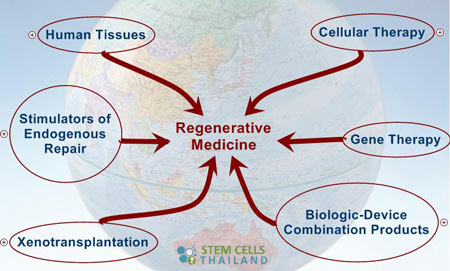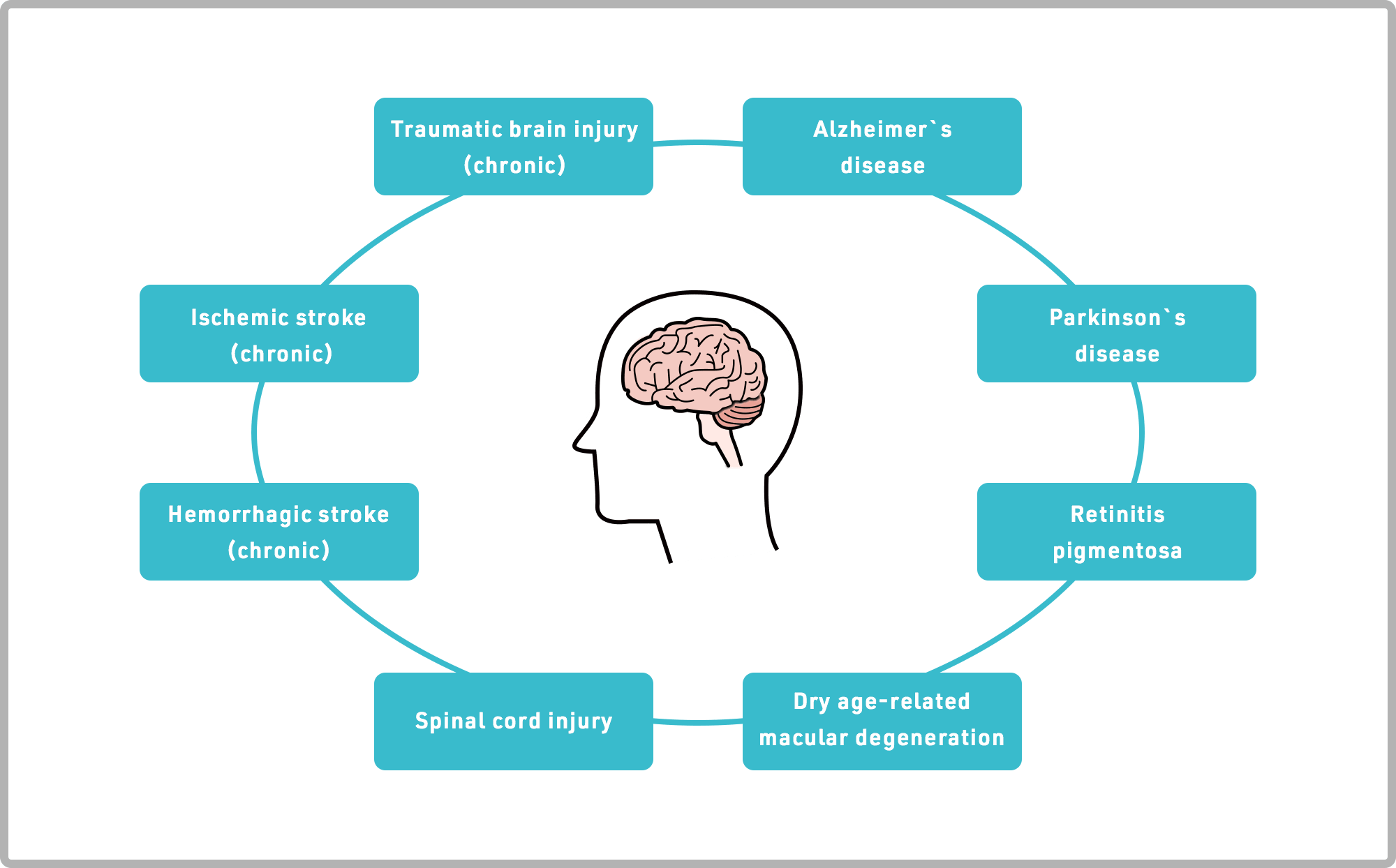Table of Contents

[/image][=video]
[/video]
The majority of websites utilized for bone marrow harvesting are situated in the hip bones and the sternum. In healing, the donor might experience some discomfort in the locations where the needle was placed.

If an autologous transplant is intended, formerly gathered stem cells, from either peripheral (apheresis) or harvest, are counted, evaluated, and all set to instill. The preparations for a bone marrow transplant differ depending upon the kind of transplant, the disease requiring transplant, and your resistance for specific medications. Consider the following: Usually, high dosages of chemotherapy and/or radiation are consisted of in the preparations.
Ablative therapy avoids this procedure of cell production and the marrow ends up being empty. An empty marrow is needed to make room for the new stem cells to grow and develop a new blood cell manufacturing system.
It is not a procedure to put the marrow right into the bone, but resembles obtaining a blood transfusion. The stem cells discover their means into the bone marrow and start recreating and growing brand-new, healthy and balanced blood cells. After the transplant, encouraging treatment is provided to stop and deal with infections, negative effects of treatments, and difficulties.
Menopause Therapy local to Novi, Michigan
The days before transplant are counted as minus days. The day of transplant is thought about day zero. Engraftment and recovery following the transplant are counted as plus days. A person might enter the healthcare facility on day -8 for preparative programs. The day of transplant is numbered absolutely no. Days +1, +2, and so on, will certainly adhere to.
The days are phoned number to help the individual and family members recognize where they remain in regards to dangers and discharge preparation. Throughout mixture of bone marrow, the individual might experience the following: Pain Chills High Temperature Hives Upper body discomfort After infusion, the person may: Invest several weeks in the health center Be very prone to infection Experience excessive blood loss Need blood transfusions Be constrained to a clean atmosphere Take several antibiotics and other medications Be offered medicine to stop graft-versus-host diseaseif the transplant was allogeneic.
Depending upon the sort of transplant and the disease being treated, engraftment normally takes place around day +15 or +30. Blood matters will certainly be examined usually throughout the days following transplant to examine initiation and development of engraftment. Platelets are usually the last blood cell to recover. Engraftment can be postponed due to infection, medicines, low donated stem cell matter, or graft failure.
Antibiotics, antifungal medicines, and antiviral medicines are usually given to attempt to stop major infection in the immunosuppressed individual. Thrombocytopenia (low platelets) and anemia (low red blood cells), as a result of a nonfunctioning bone marrow, can be dangerous and also serious.
Discomfort relevant to mouth sores and gastrointestinal (GI) irritation is common. High dosages of chemotherapy and radiation can create extreme mucositis (swelling of the mouth and GI tract). Liquid overload is a problem that can result in pneumonia, liver damage, and hypertension. The main factor for fluid overload is because the kidneys can not stay on top of the large quantity of liquid being given in the type of intravenous (IV) medications, nutrition, and blood products.
Perimenopause Treatment servicing Novi

Respiratory status is an essential feature that may be endangered throughout transplant. Infection, swelling of the air passage, liquid overload, graft-versus-host disease, and blood loss are all potential serious difficulties that might occur in the lungs and lung system. The liver and heart are important organs that may be damaged throughout the transplant process.
Failing of the graft (transplant) taking hold in the marrow is a potential issue. Graft failure may occur as a result of infection, recurrent illness, or if the stem cell count of the contributed marrow wanted to trigger engraftment. Graft-versus-host condition (GVHD) can be a major and dangerous problem of a bone marrow transplant.
Rather than a body organ transplant where the individual's immune system will attempt to deny only the transplanted body organ, in GVHD the new or transplanted body immune system can attack the whole client and all of his or her organs. This is due to the fact that the new cells do not acknowledge the tissues and organs of the recipient's body as self.

The most typical sites for GVHD are GI system, liver, skin, and lungs. Prognosis significantly depends upon the following: Sort of transplant Type and extent of the illness being dealt with Condition reaction to treatment Genetics Your age and total health Your tolerance of particular medicines, procedures, or treatments Extent of problems Similar to any type of treatment, in bone marrow transplant the diagnosis and long-lasting survival can differ considerably from person to person.
Hormone Therapy
Continuous follow-up treatment is essential for the person following a bone marrow transplant. New methods to boost therapy and to reduce problems and side impacts of a bone marrow transplant are continually being uncovered.
Regenerative medication therapies can be split into three categories: help with recovery by injecting or placing online cells into the person. Examples of mobile treatment include PRP and stem cell treatments, which can be used to deal with tendinopathy and other sporting activities injuries.
Peripheral nerves, for example, include Schwann cells, nerve fibroblasts, and immune cells, each playing a function in nerve regrowth, as gone over here. Stem cell treatment is one of the most thoroughly looked into and promising branches of cell regeneration therapy. Some cells, such as epithelial cells in the skin or the cellular lining of the intestinal tract, have a high turnover rate price can regenerate restore.
Navigation
Latest Posts
Hormone Therapy
Perimenopause Treatment servicing Novi
Medical Group